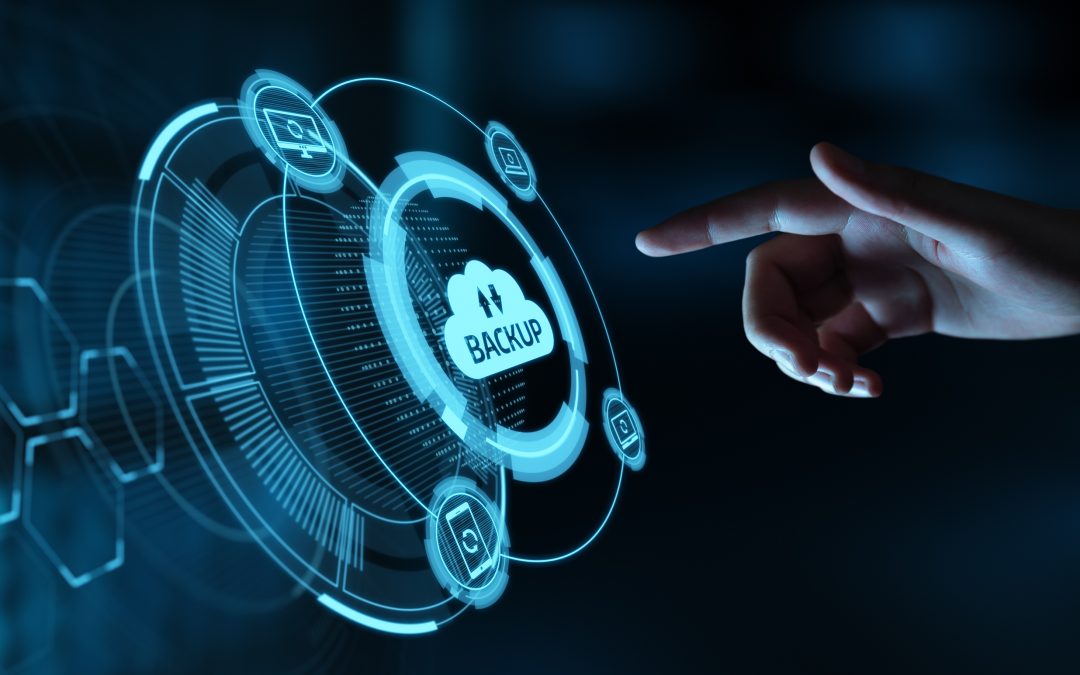Many people are telecommuting now that never have before due to lockdown orders in Singapore, and the rest of the world, to prevent the spread of the coronavirus. This has left employees trying to adapt to the “new normal” in a number of ways:
- Creating offices in areas of their homes
- Dealing with how to secure network connections
- Adjusting to more reliance on video conferencing & the cloud in general
- Adopting new methods of data security
One big thing that has changed for telecommuters is that they’re no longer connected directly to the infrastructure put in place at their physical office. This includes things like firewalls, servers/printers, and on-premises backup and recovery systems. If you’re working remotely from home, backup and disaster recovery has become more vital than ever. Why?
Because data is now spread out over multiple home networks and devices, which may be employee-owned, company-owned, or a combination. This includes data like emails, documents, communication trails via messaging apps, and more. If that data isn’t backed up properly from wherever it is, it can bring costly consequences.
Costs of Lost Data from a Remote Workforce
There are multiple ways that data can be lost. When it’s created and stored on computers that are in a variety of home environments, it only increases the risks of loss. When workstations are contained in one physical building, it’s easier to control management, ongoing maintenance through managed IT services, and physical security.
When employees are telecommuting, the home environments will vary along with protective measures being taken for those devices and the data they hold. Between 2018 and 2019, Singapore businesses lost an average of S$1.9 million (US$1.4 million) due to data-loss incidents.
Additionally, 86% of organizations have been impacted by downtime during data-loss incidents during that time, with 37% suffering permanent data loss. The cost of unplanned downtime while working through a data loss incident is an average of $463,000 per incident for Singapore businesses.
As corporate workflows have become more mobile, tracking and securing data that resides across cloud platforms and on telecommuting employee devices have made preventing data loss increasingly complex. But the costs of data loss are significant, so it’s important to put backup and recovery systems in place that capture all data.
Preventing Data Loss from a Remote Workforce
A key to preventing data loss from a remote workforce is to understand all the ways that data loss can occur.
Cloud Platforms
In order for employees to work remotely, cloud systems are crucial so they can remotely access business apps and data. But many companies falsely think that just by putting your data in the cloud, it’s already being backed up. But that’s not the case.
For example, a cloud storage system like OneDrive or Dropbox will make your files available in the cloud, but the synching mechanism also means that data can be deleted because cloud storage is NOT the same as cloud backup. Companies like Microsoft recommend that data in their cloud services be backed up in a third-party backup and recovery program in case of an outage or loss of cloud data.
Hard Drive Crashes
Telecommuting employees may be working on personal devices that are older or don’t have the same monitoring and maintenance that they’re used to on their workstation at the office. Often personal devices also aren’t designed for business use, which is much more demanding. This can lead to more risk of a hard drive crash that can cause major data loss of all work files on an employee device.
Accidental Deletion
Many homes share a main computer, and if another family member is accessing a computer that’s also being used to work from home, the is a risk of accidental data loss through deletion. While the “gold standard” is to have a work PC only used for work when it’s in a home environment that may not always be the case. Physical device security just isn’t the same at home as in an office environment.
Ransomware Infection
Another threat that is increased for remote workers who may not have the IT support they’re used to while working from home is the chance of a ransomware infection. Ransomware encrypts files to make them unusable until a ransom is paid to the hacker. Even once it’s paid, companies often still suffer data loss and/or costly downtime. Phishing attacks have increased 667% due to criminals taking advantage of the COVID-19 crisis and they’re targeting employees working from home.
Back-Up All Data, Everywhere
To ensure your data is protected from loss, no matter where it resides, a good backup and recovery platform should be put in place. Make sure to capture data stored on:
- Cloud platforms
- Employee workstations/PCs
- Employee mobile devices
- Company servers and workstations
- Company IoT devices that capture data (like security cameras)
To do this properly, you should use a cloud-based backup system that can capture data from any device. Using a managed backup and recovery plan from Managed IT Asia can help ensure your backups run smoothly.
Get Reliable Cloud-Backup & Recovery from Managed IT Asia
Don’t leave your data at risk! Make sure your backup and recovery strategy includes telecommuting employees as well as your cloud services. We can help you with a holistic solution. Contact us today for a free consultation. Call +65 6748 8776 or reach us online.
MANAGED IT ASIA, we are an IT Support, IT Solutioning and Managed IT Service Provider specializing in serving Small Businesses across Asia. Call us at +65 6748 8776 and let us manage your Small Business IT today!
